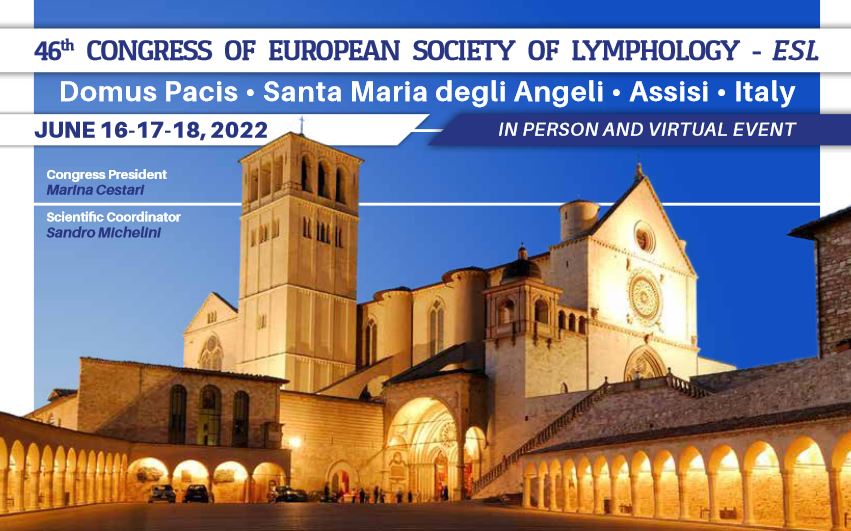Background
The diagnosis of Lipedema is based on clinical evaluation, but the high-resolution, non-invasive, repeatable and reliable ultrasound instrumental examination, relatively simple, even if operator dependent, is useful in the supra-fascial tissue study, using high-tech equipment with suitable high frequency linear probe.
Aim of the work
An evolution of standard ultrasound is high-quality three-dimensional imaging which, having a view on three planes of space, is interesting in the tissue structural study also for the possible processing of the image with appropriate software. For this reason, we have decided to apply this method in the tissue evaluation of lipedema.
Material and methods
In clinical stage I-II-III lipedema, with adequate the probe (17 MHz) placed directly on the skin, and longitudinal-transversal scans on constant markers along the limbs,
the tissue ultrasound study includes the epidermis-dermis complex and the subcutaneous tissue.
Results
The 3D ultrasound picture has highlighted a normal ultrasound representation of the epidermis-dermis complex, an irregular, wavy or serrated profile of the junction dermo-hypodermis which, however, is not pathognomonic of lipoedema because it is also present in obesity-non-lipoedema and in lipo-hypertrophy.
Thickened hyperechogenic fibers, which connect the skin to the superficial fascia, and subcutaneous nodules, whose size varies in relation to the clinical stage, were highlighted.
The subcutaneous tissue has an increased thickness due to hypertrophy of the adipose lobules that appear adherent, but the disappearance of the interlobular connective septa and the fragmentation of the hyperechogenic fasciae, based on the evolution of the clinical picture, are not evident.
Conclusion
In this study in progress, 3D ultrasound diagnostics proved useful to evaluate the characteristics of suprafascial tissue in lipedema and absolutely more detailed than standard ultrasound.

